Horizontal Slurry Pumps: Key Features, Advantages and Uses
This article provides an in-depth exploration of the characteristics and features of horizontal slurry pumps. Horizontal slurry pumps are widely used in various industries for handling abrasive and corrosive slurries. Understanding their unique attributes is essential for optimizing pump selection and achieving efficient and reliable operations.
Description:
This article provides an in-depth exploration of the characteristics and features of horizontal slurry pumps. Horizontal slurry pumps are widely used in various industries for handling abrasive and corrosive slurries. Understanding their unique attributes is essential for optimizing pump selection and achieving efficient and reliable operations.
Introduction to Horizontal Slurry Pumps:
Horizontal slurry pumps are designed to handle highly abrasive and corrosive slurries in mining, mineral processing, dredging, and other industries. They are specifically engineered to withstand the challenging operating conditions associated with slurry transportation, such as high solids concentration, varying flow rates, and harsh environments.
1. Design and Configuration:
Horizontal slurry pumps feature a horizontally-oriented shaft and a centrifugal design, allowing for easy installation and maintenance. They typically consist of an impeller, casing, wear liners, shaft seal, and bearings. The robust construction and heavy-duty materials ensure durability and longevity even under demanding operating conditions.
2. Handling Abrasive Slurries:
One of the primary advantages of horizontal slurry pumps is their ability to efficiently handle abrasive slurries containing solid particles. The design incorporates hard-wearing materials, such as high-chrome alloys or ceramic, in critical areas exposed to abrasion. This enables the pumps to withstand the erosive effects of the slurry, reducing downtime and maintenance costs.
3. Corrosion Resistance:
Horizontal slurry pumps are designed to withstand corrosive environments often encountered in industries like chemical processing or wastewater treatment. The use of corrosion-resistant materials, such as stainless steel or rubber linings, ensures the longevity of the pump and prevents premature failure due to chemical attack.
4. Wide Range of Applications:
Horizontal slurry pumps are versatile and find applications in diverse industries. They are used in mining operations for transporting ore slurries, in dredging projects for sediment removal, in power plants for handling fly ash and bottom ash, and in chemical plants for various corrosive liquid transfers. The adaptability of horizontal slurry pumps makes them indispensable in many industrial processes.
5. Efficiency and Performance:
Horizontal slurry pumps are designed for high efficiency and performance. The carefully engineered hydraulic components, including impellers and volutes, optimize flow patterns and minimize energy losses. Their robust design ensures reliable operation, minimizing unplanned downtime and maximizing productivity.
6. Easy Maintenance:
Horizontal slurry pumps are designed with easy maintenance in mind. The modular construction allows for quick replacement of wear parts, reducing downtime and improving operational efficiency. Additionally, features like accessible shaft seals and bearings simplify maintenance tasks.
Conclusion:
Horizontal slurry pumps offer numerous advantages in handling abrasive and corrosive slurries across various industries. Their robust design, ability to handle solids, corrosion resistance, wide range of applications, efficiency, and ease of maintenance make them a preferred choice for slurry transportation. By understanding the characteristics and features of horizontal slurry pumps, industries can select and operate these pumps effectively, ensuring efficient and reliable material transport.

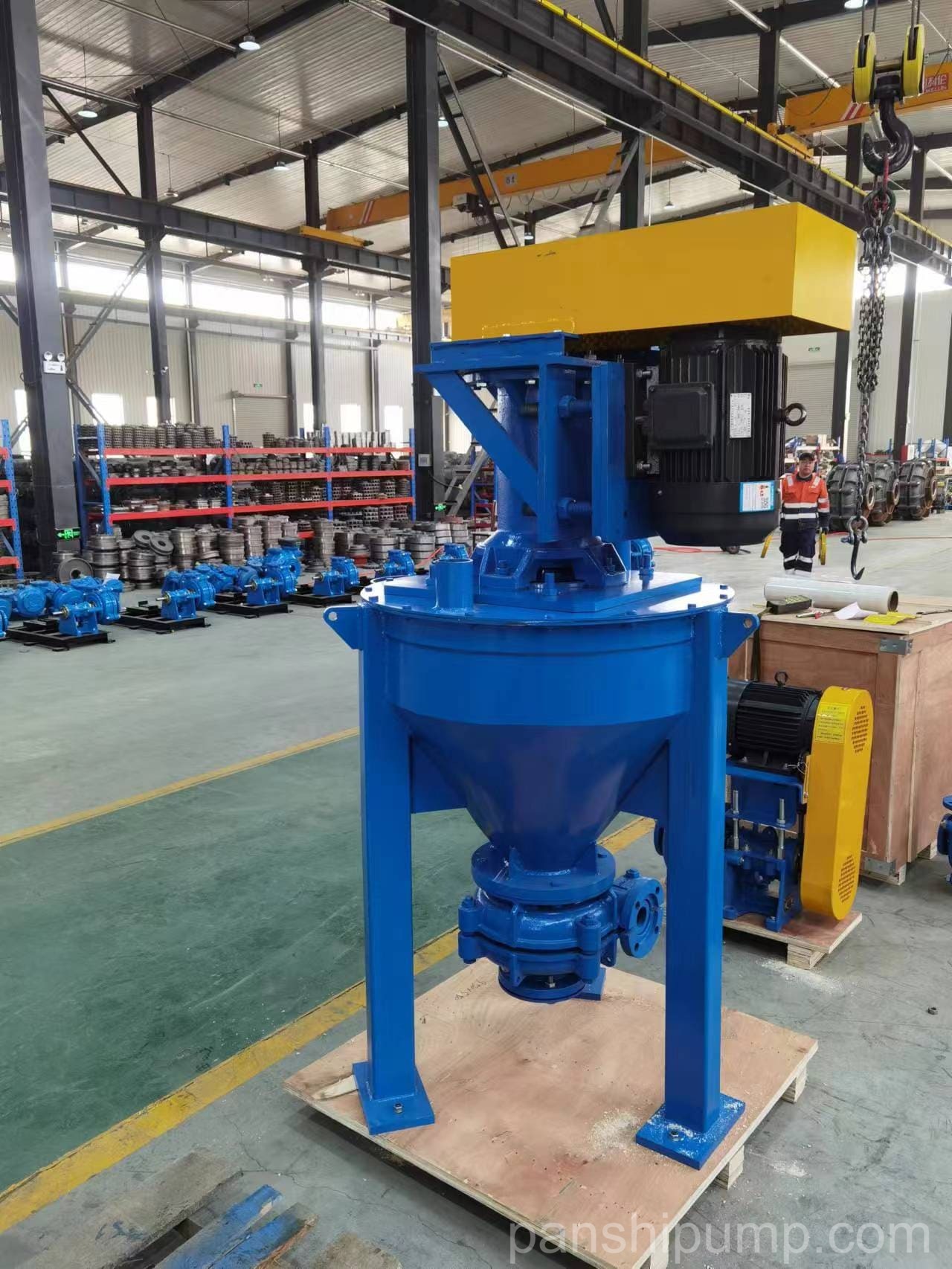
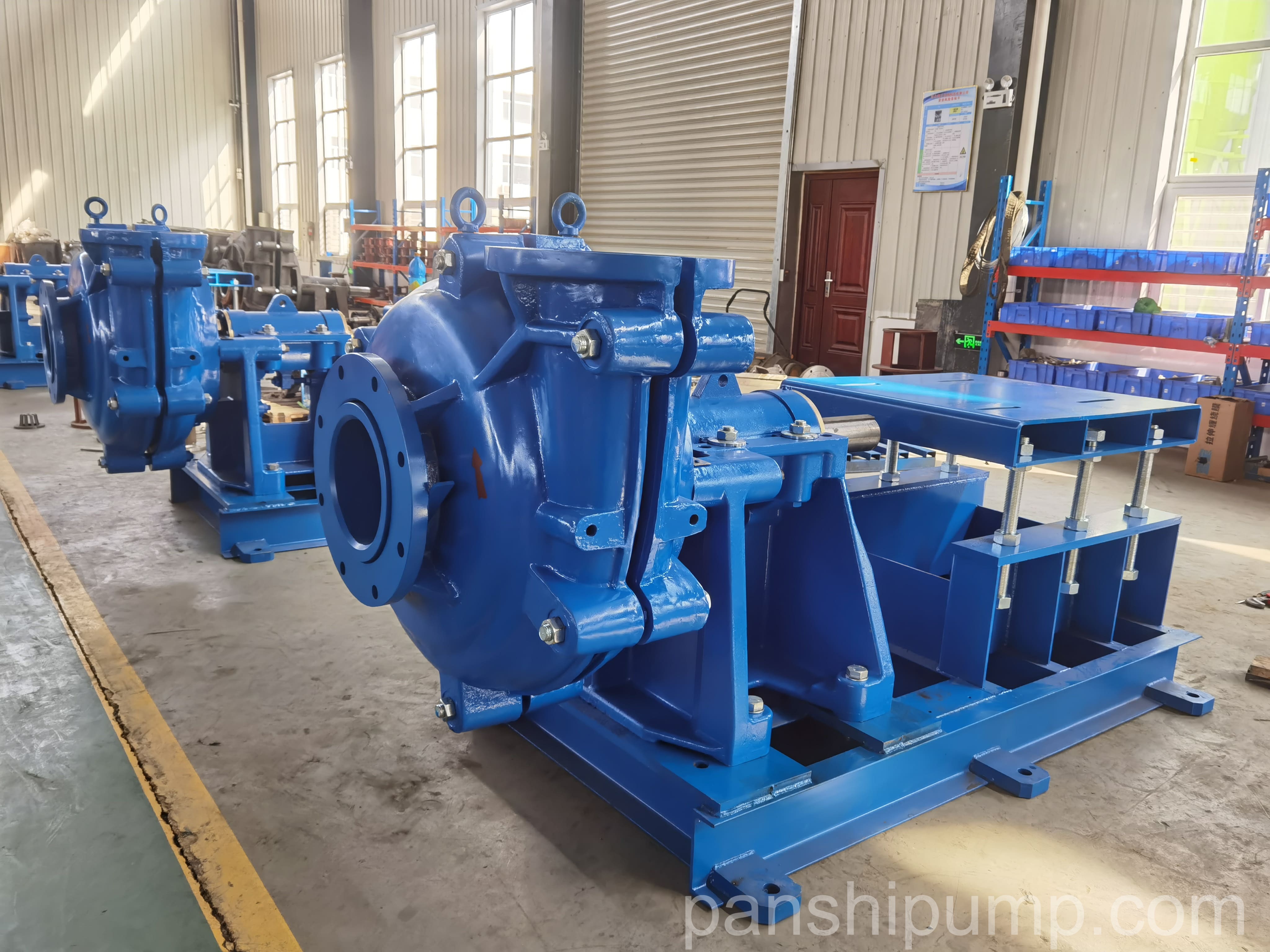
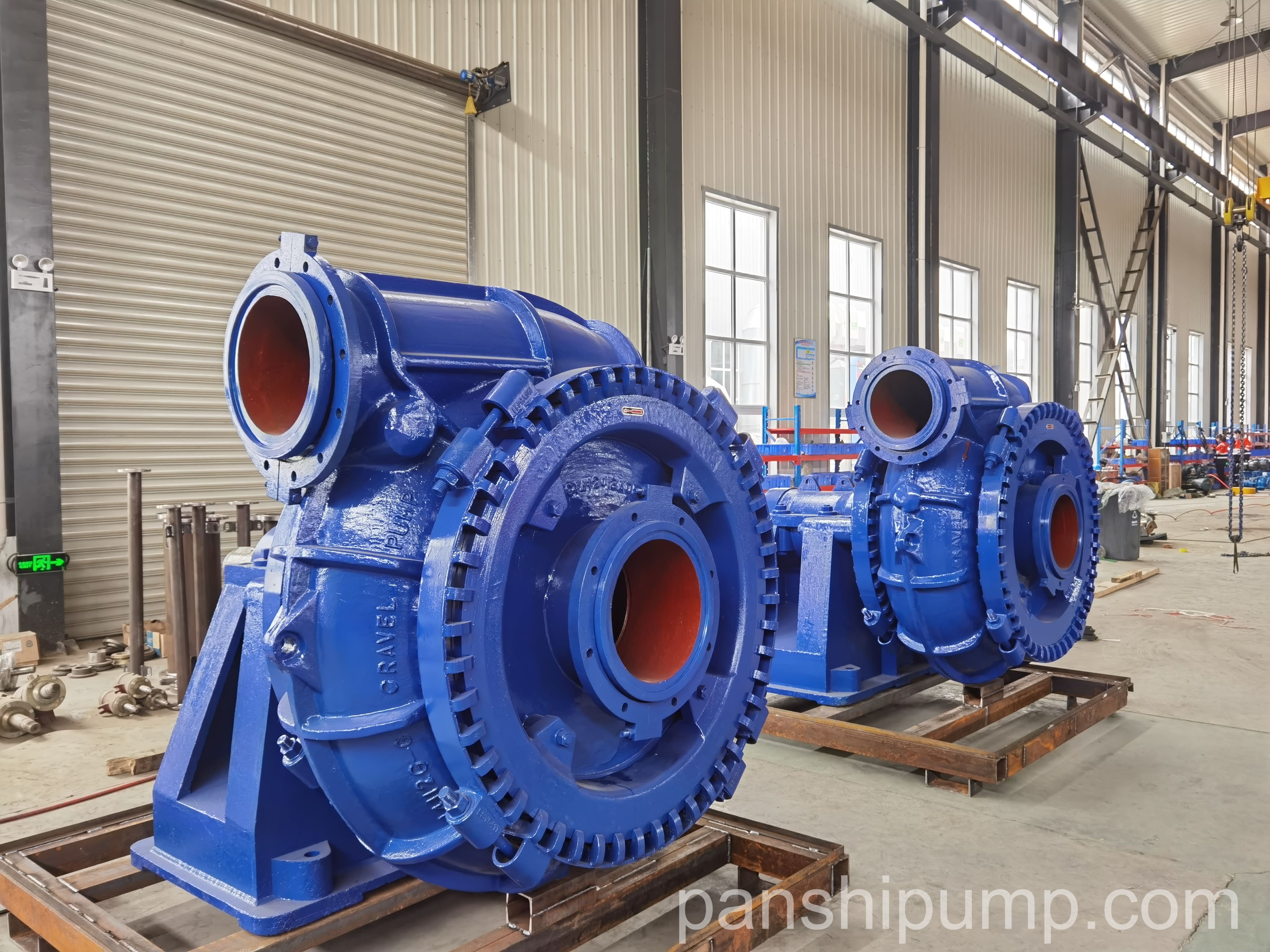
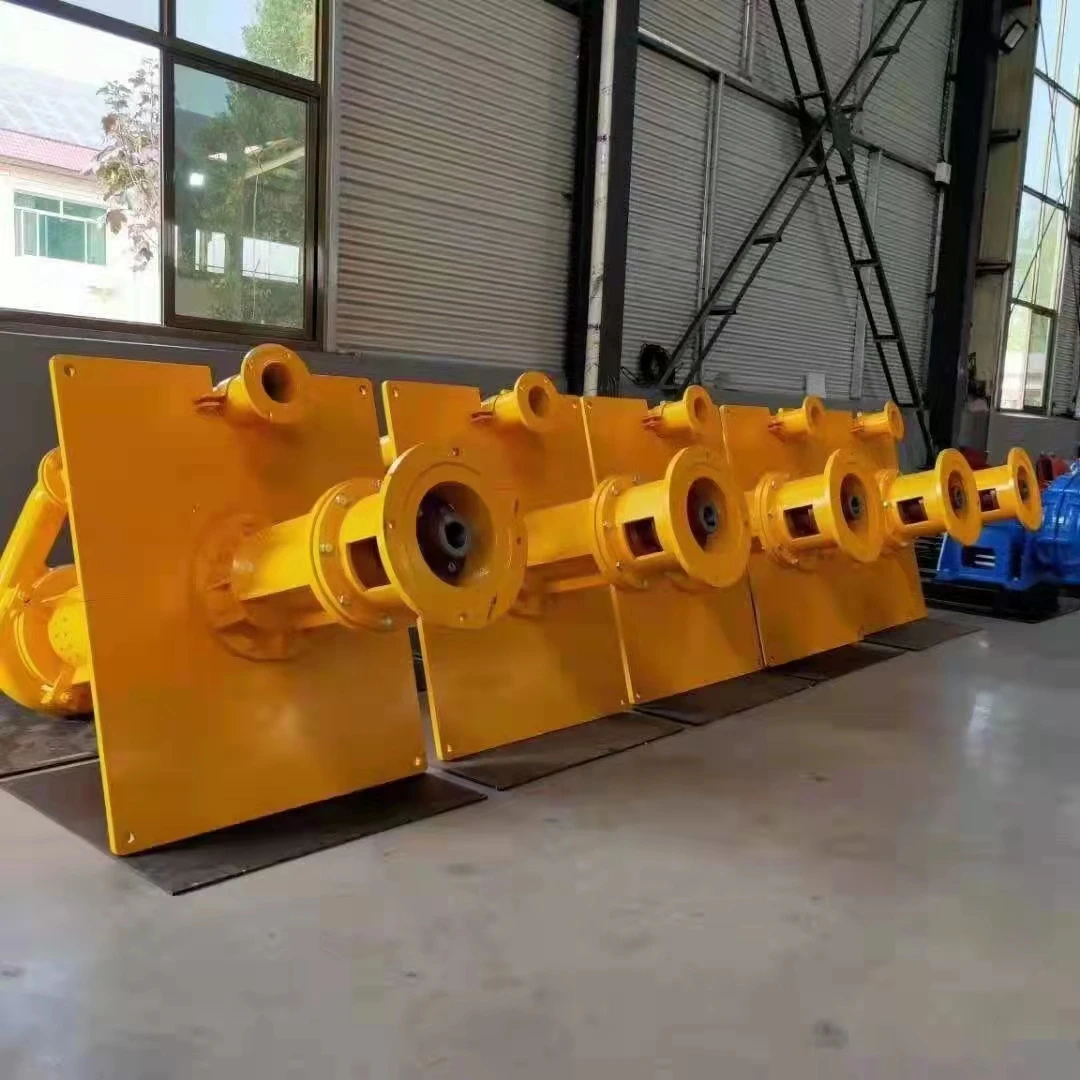
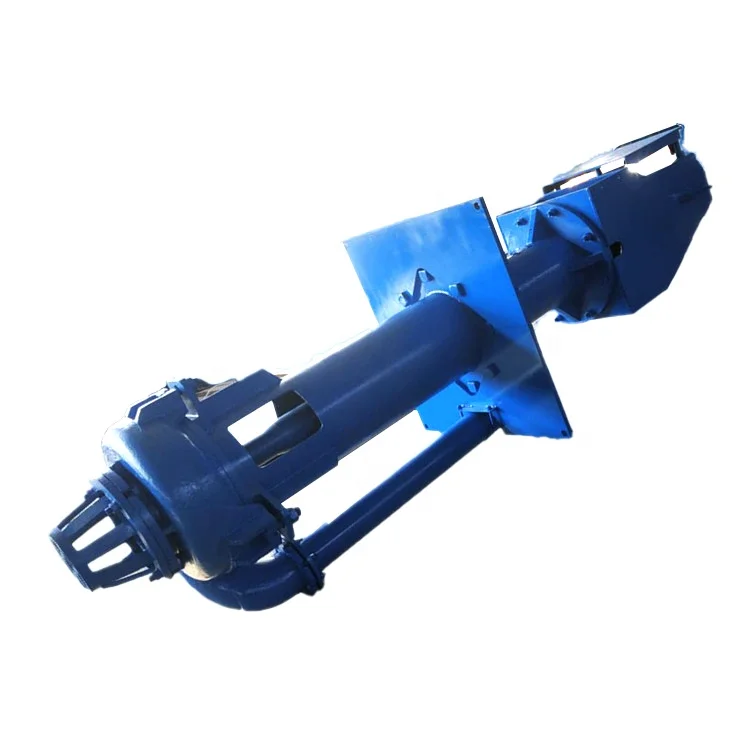
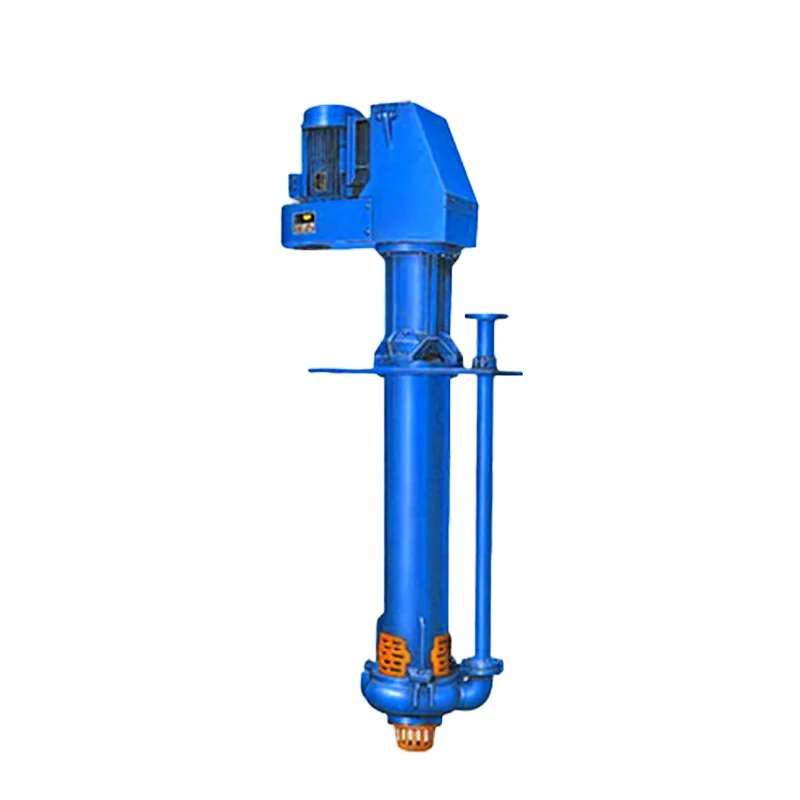
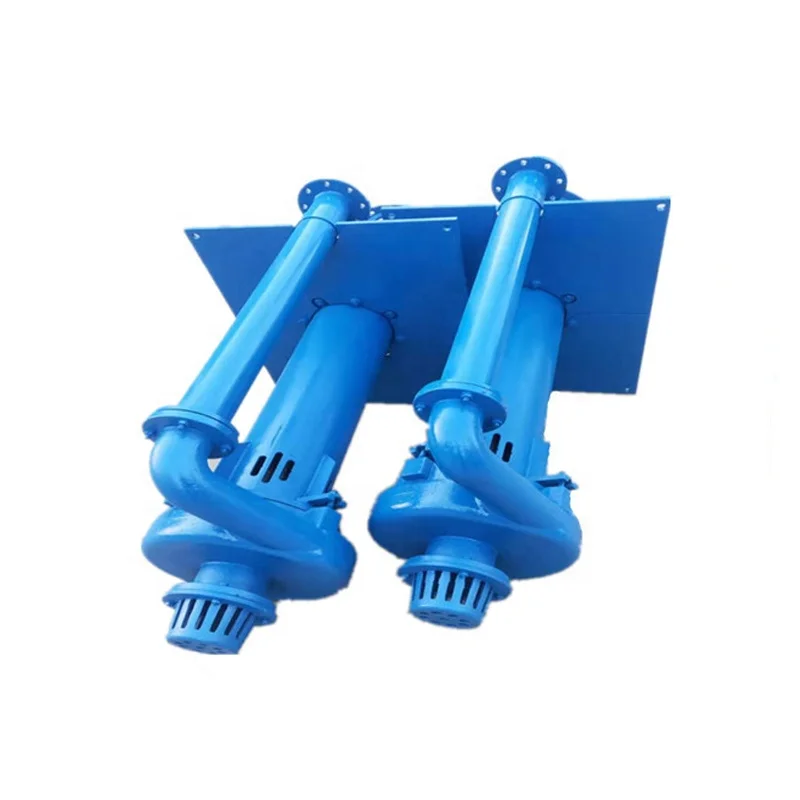
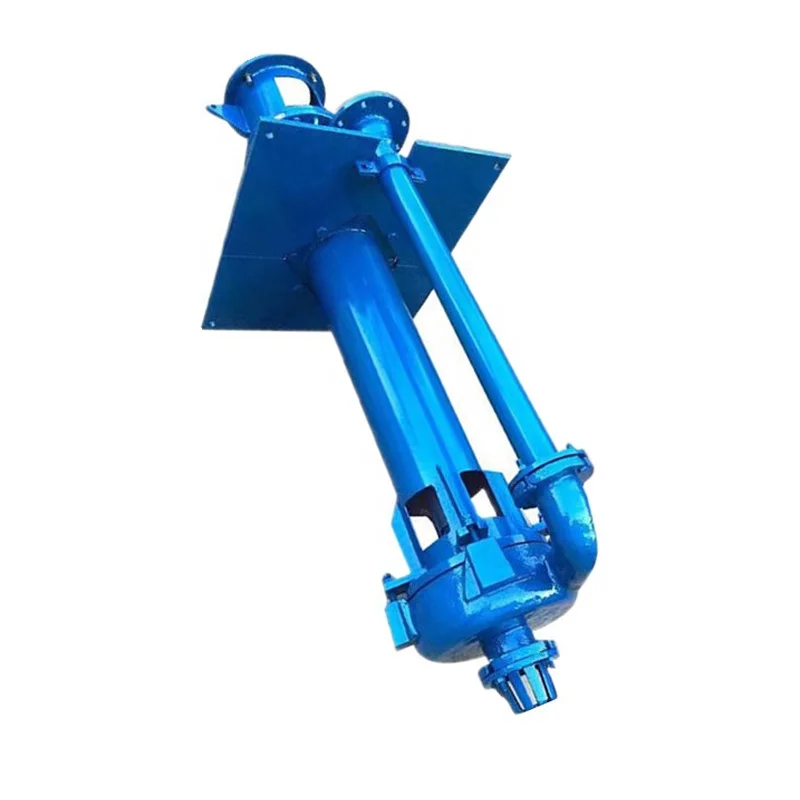
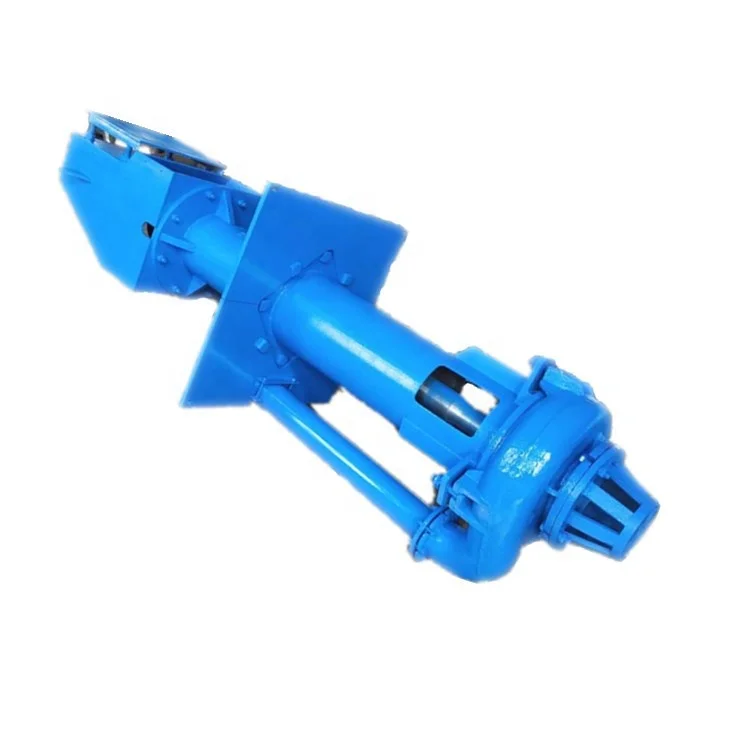
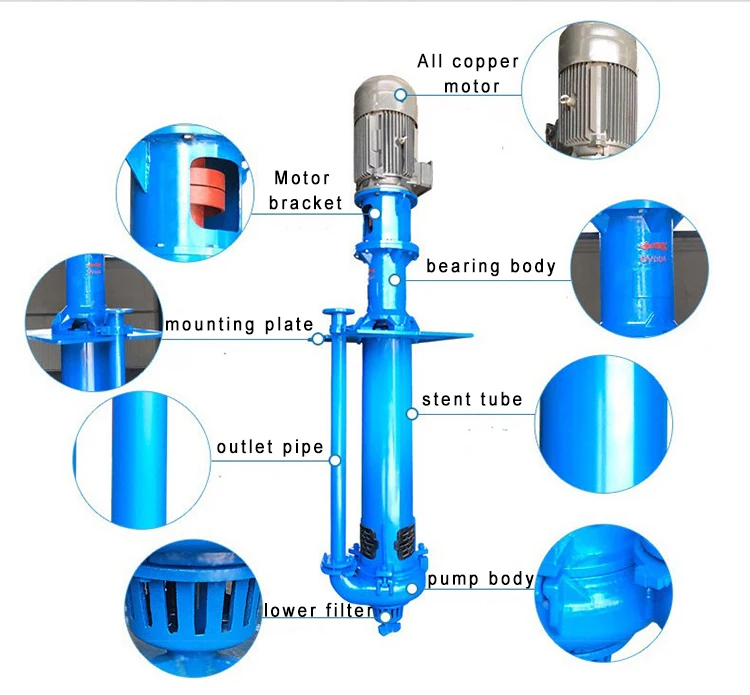
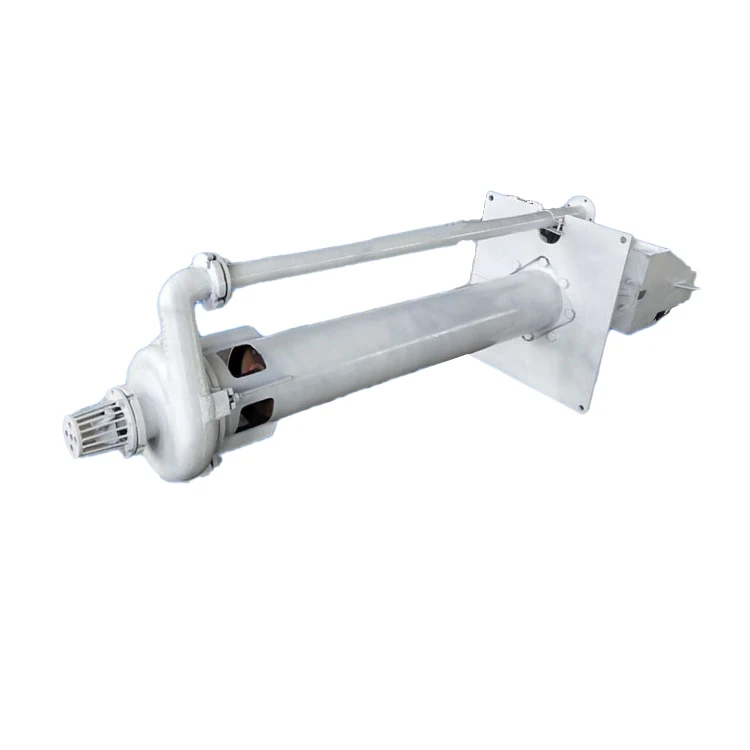
Please login to write a comment after